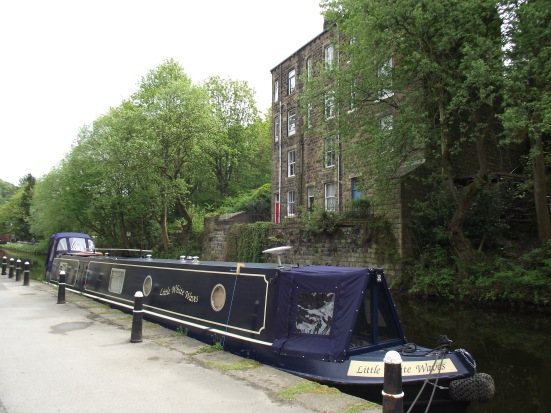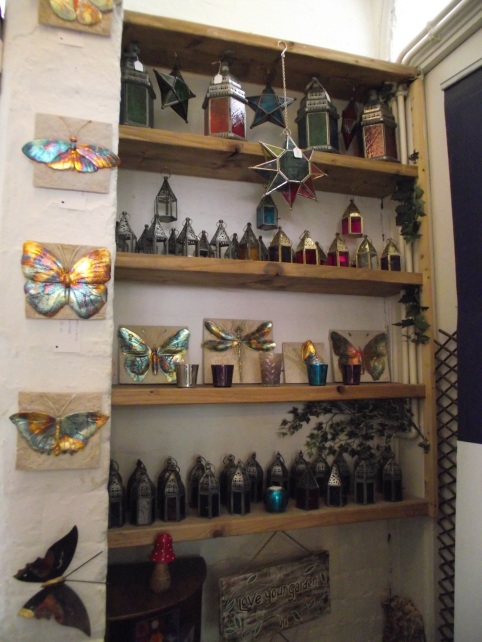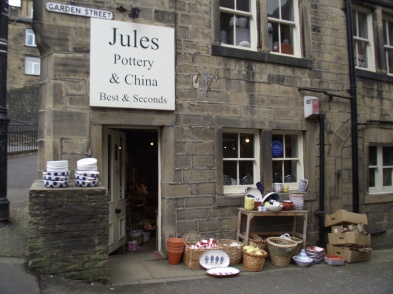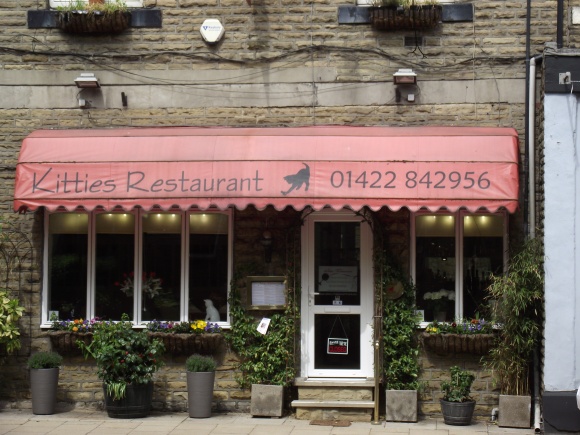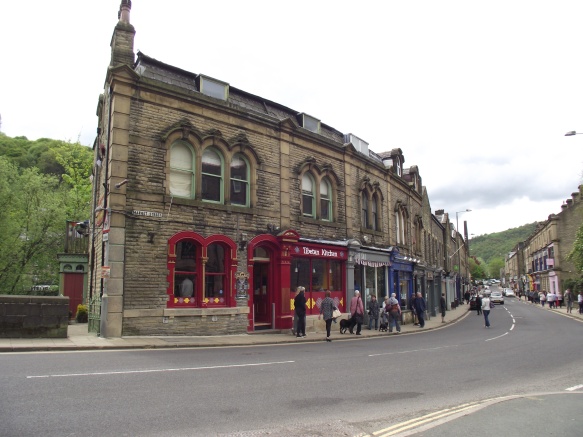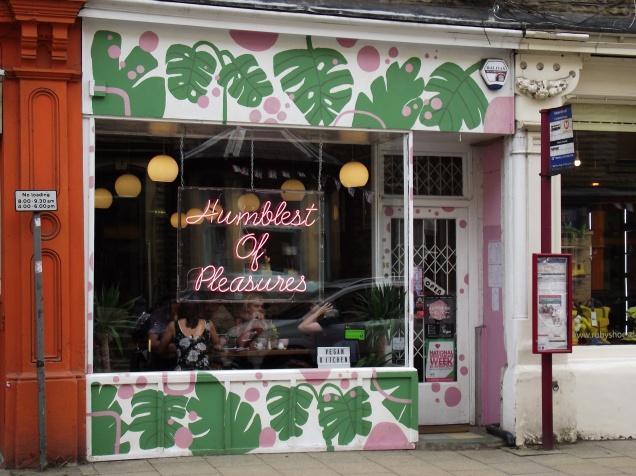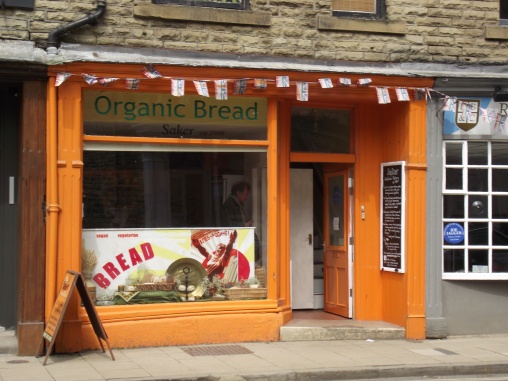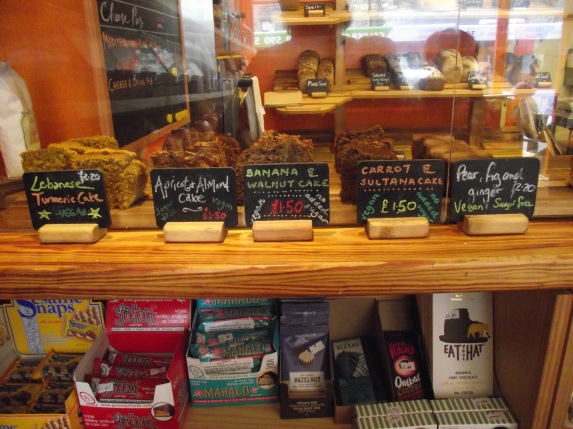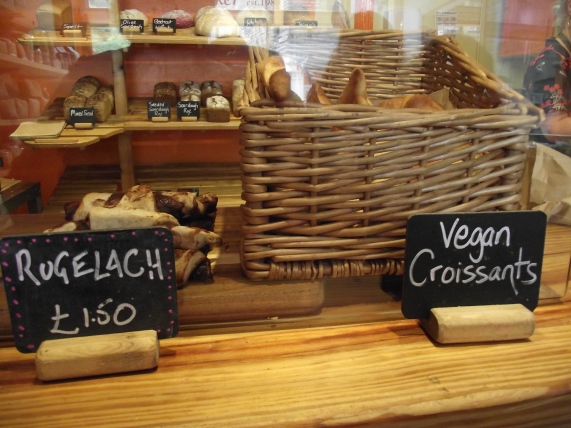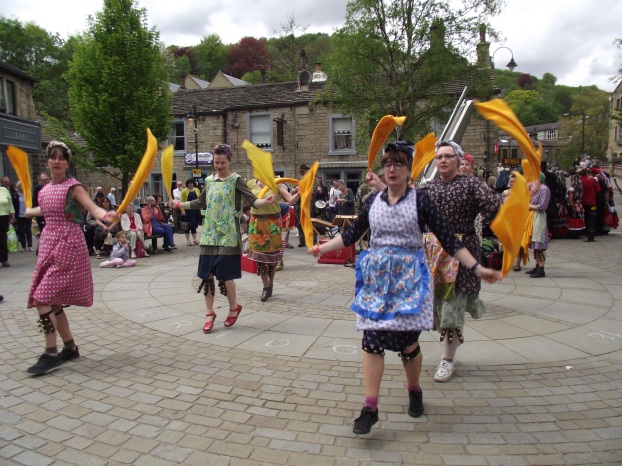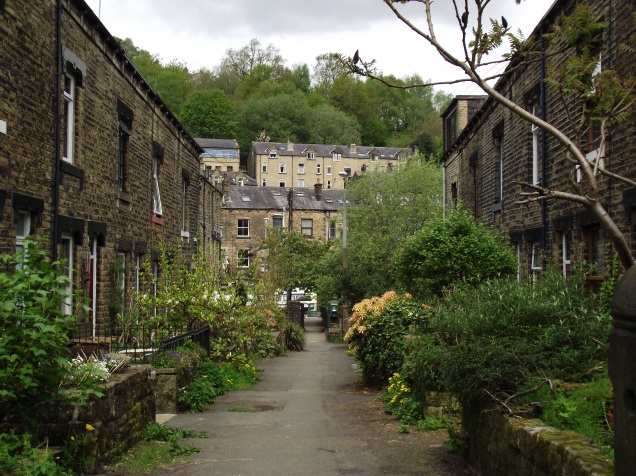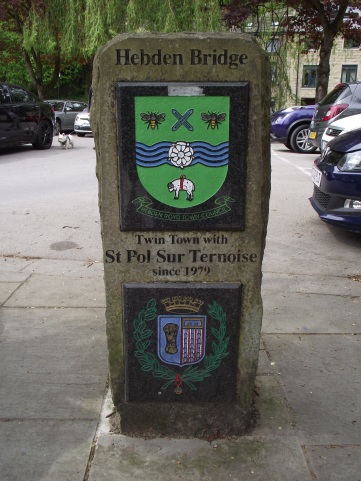
Astley Old Hall, a grade 1 listed historic house in Chorley, Lancashire, originates from 16th century. It sits within lovely Astley Park, just a short walk from Chorley town centre. Although it’s close to home, I had never visited previously and confess I thought that because of its relatively small size and because it doesn’t charge an entrance fee, there probably wasn’t going to be much to see. Wrong! During my hour-long visit I saw some wonderful examples of ornate plaster work, period furniture and intriguing wood carvings.
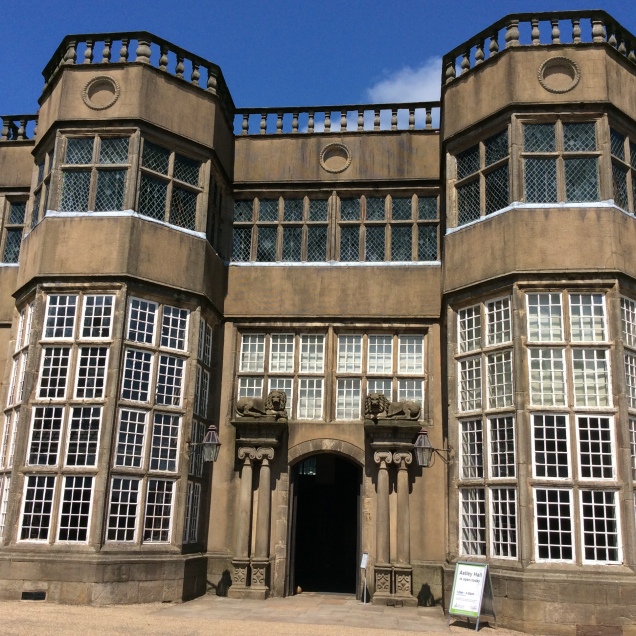
The Hall has been adapted and extended over the centuries. In 1578 the original Astley Hall was built by Robert Charnock whose family, wealthy local landowners, had been Lords of that Manor since the 11th century. Readers who have travelled on the M6 motorway may be familiar with Charnock Richard services, situated between junctions 27 and 28 in the village of (unsurprisingly) Charnock Richard, which was given its name by Sir Richard Charnock of that same family in the 13th century.
In 1922 the Park and Hall were given to Chorley Corporation by Reginald Tatton, also a prolific landowner, who had inherited the property in 1906. The entrance archway is early 19th century. I sat in a shady part of the Park for a few minutes and enjoyed the sound of a huge wind chime.
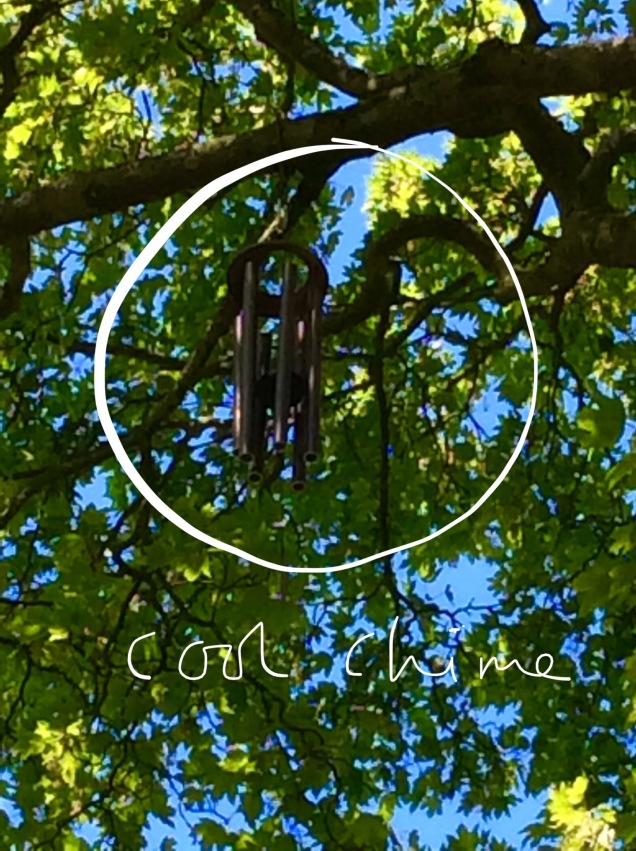
Beyond a children’s play area, the drive leads to a lake where friendly swans glide around the lily pads to the water’s edge, accepting titbits out of children’s hands. I just wish people – here and everywhere – would heed the signs and not feed them bread which is bad for them.
Visitors are welcomed into the Great Hall by curators who are happy to answer questions. There is no admission fee, which is brilliant, though I wouldn’t have minded paying to look around this splendid museum.
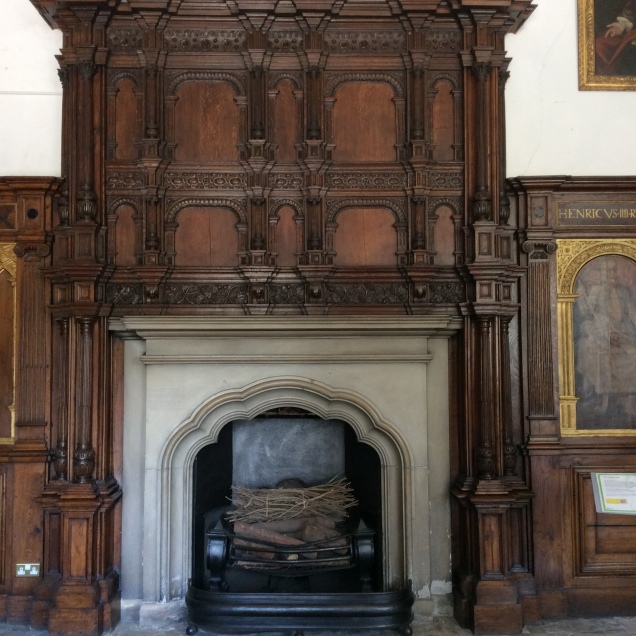
The Great Hall’s walls are adorned with beautiful painted panels of famous historical figures. The curator explained that although these are believed to be gifts which were installed in the 18th century, they are thought to be as old as the house.
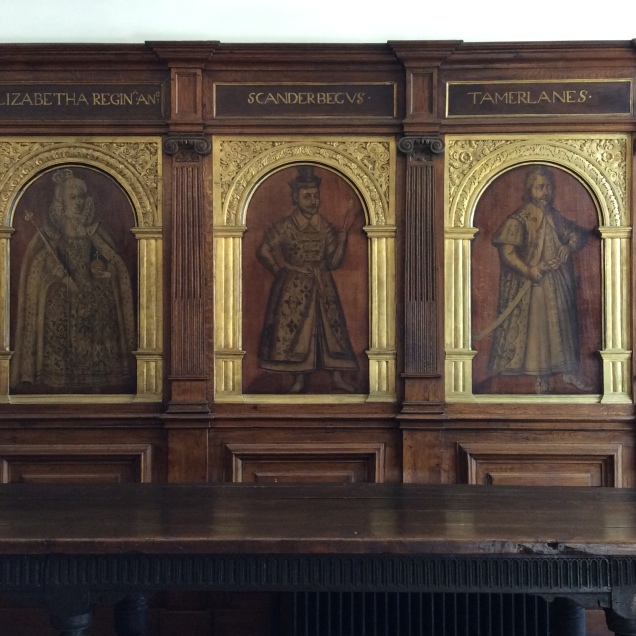
Look up to see the winning feature of the Great Hall, the plasterwork ceiling.
The drawing room was remodelled around 1665 when owner Margaret Charnock married Richard Brooke. The young newly-weds rejected the then old-fashioned Tudor style in favour of stylish Baroque, hence the ceiling and wall tapestries. Clearly, the furniture is not of the same period and was added in the Georgian and Victorian eras.
The inlaid room was used as a library during the 19th century and was where the gentlemen would retire after dinner. The wooden wall panels were inlaid with patterns in different coloured wood, hence the room’s name. Some of the books on the shelves are centuries old; others are undergoing restoration.
The dining room
A small courtyard area leads to the kitchen which is set out as it would have been back in the day, though the particular day is not specified. I appreciated the attention to detail as these things can often end up looking completely naff, though not to the extent of having real stuffed rabbits hanging from ceiling hooks and birds arranged in a taxidermic table display. Surely, it’s time to let the unfortunate creatures go to their rest.
The morning room was where the lady of the house would take advantage of the good light early in the day for embroidery or letter writing. This room was originally part of the Tudor Great Hall but was separated in the 1660s. More impressive plasterwork was added to the ceilings, and the furniture dates mostly from that same period or the 1700s.
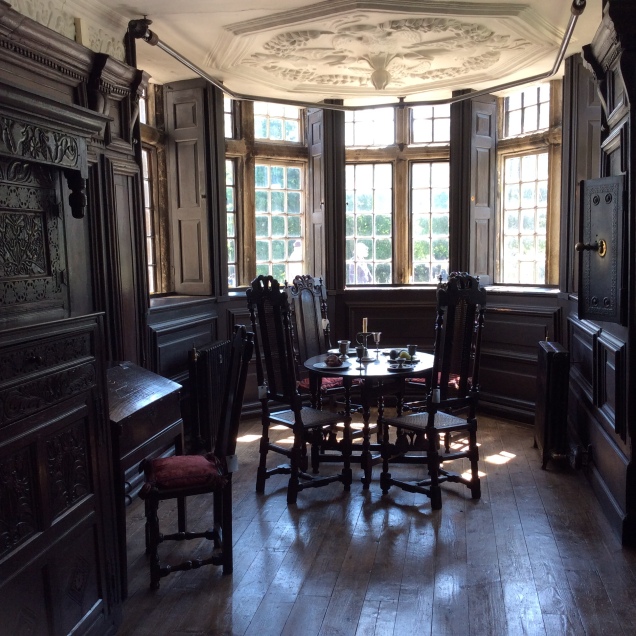


I asked the curator about the mermaids, fish and other sea creatures I’d spotted around the house, as I might have expected this sort of maritime design in a coastal location, but not Chorley. Apparently, an interest in mythical creatures such as mermaids was common in the 17th century. I didn’t know that!
Upstairs there are two bedrooms, both claiming connections to Oliver Cromwell. It is known that the Lord Protector stayed at Astley Hall after the Battle of Preston in 1648. The first bedroom has been named in his honour.
However, it is thought that he also slept in the second bedroom, that of his host and hostess; it’s not clear why Cromwell would have been bed-hopping beyond the confines of his own chamber, and even more puzzling is why Cromwell was at the Hall in the first place as the Charnocks were Royalists and fought for the King, Charles I.
My favourite part of the Hall is the long gallery on the top floor. Only 20 visitors are allowed up there at any time due to the floor, though perfectly safe, being in need of protection. A 23ft long oak shovelboard table dominates. Shovelboard was a popular game amongst Tudor nobility; brass counters would be pushed along the table as far as possible without them falling off. The table’s sides are covered with intricate designs including grapevines, a unicorn, various beasties and a couple of ….exhibitionists.
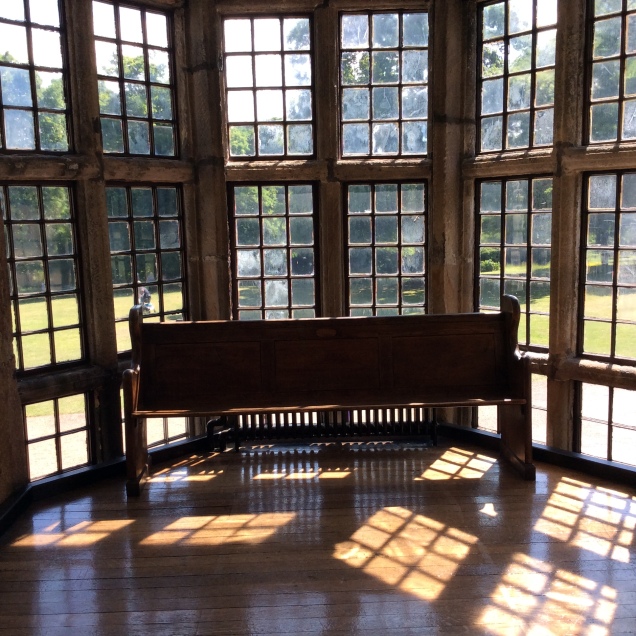


After surveying the Hall, I decided to head to the old stables courtyard for some refreshments at the Ambio Café.

I had hoped, expected even, that there would be Chorley cakes on the menu, as I am quite partial to these currant-filled local pastries which are similar to Eccles cakes but not flaky, and better in my opinion. Unfortunately, my hopes were dashed so I had to settle for a flapjack type thing. I overcame my disappointment in recalling an amusing picture I’d spotted earlier in a shop window.

I headed off to Booths supermarket for some Chorley cakes to take home…..and very nice they were too!


























































